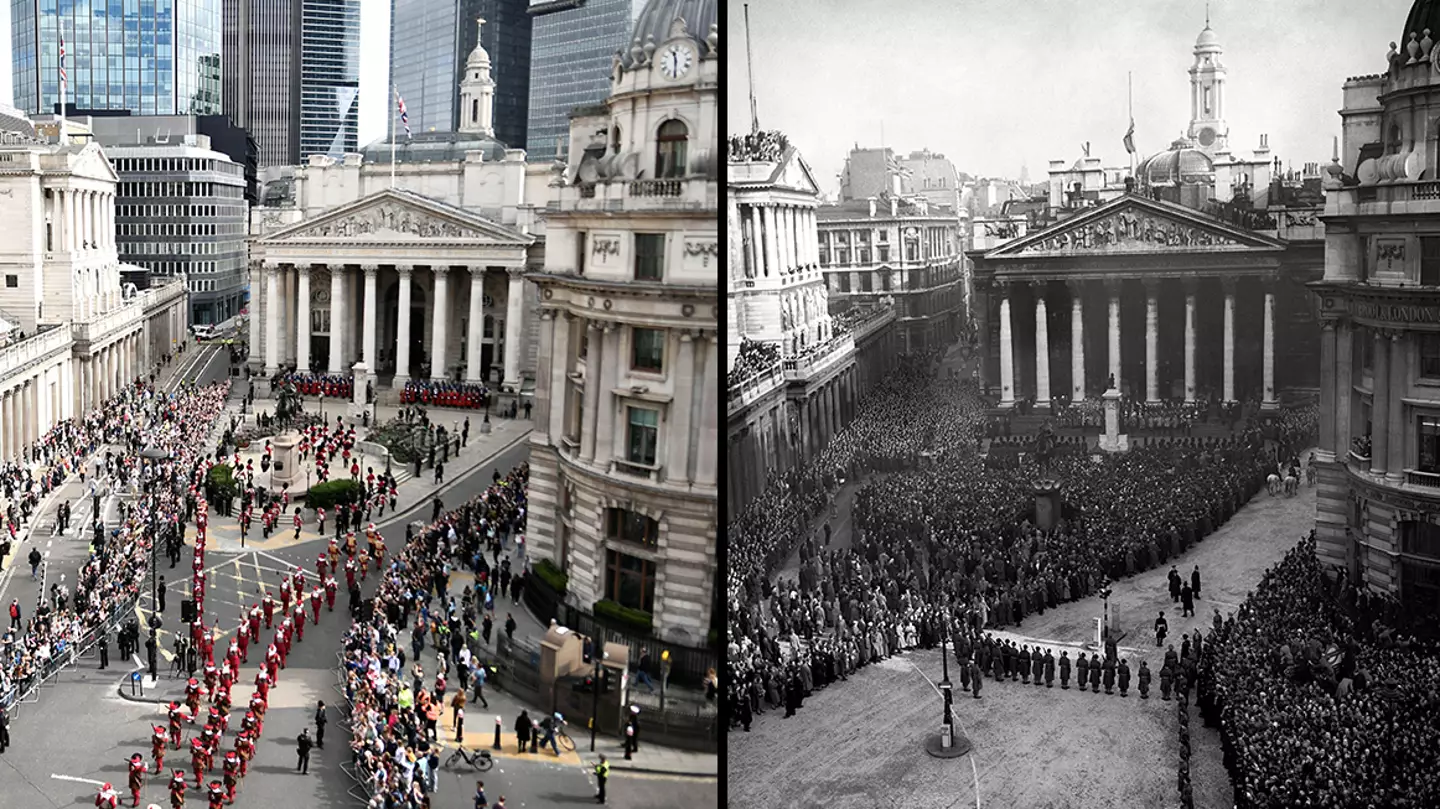
Photographs taken decades apart have illustrated the difference between the accession of Queen Elizabeth II to the throne and the accession of King Charles III.
The photos, taken this weekend and way back in 1952, show the same part of the City of London outside the Royal Exchange.
Of course, you’ll notice that the crowds for King Charles’ accession yesterday are significantly smaller, but that really doesn’t tell the whole story.
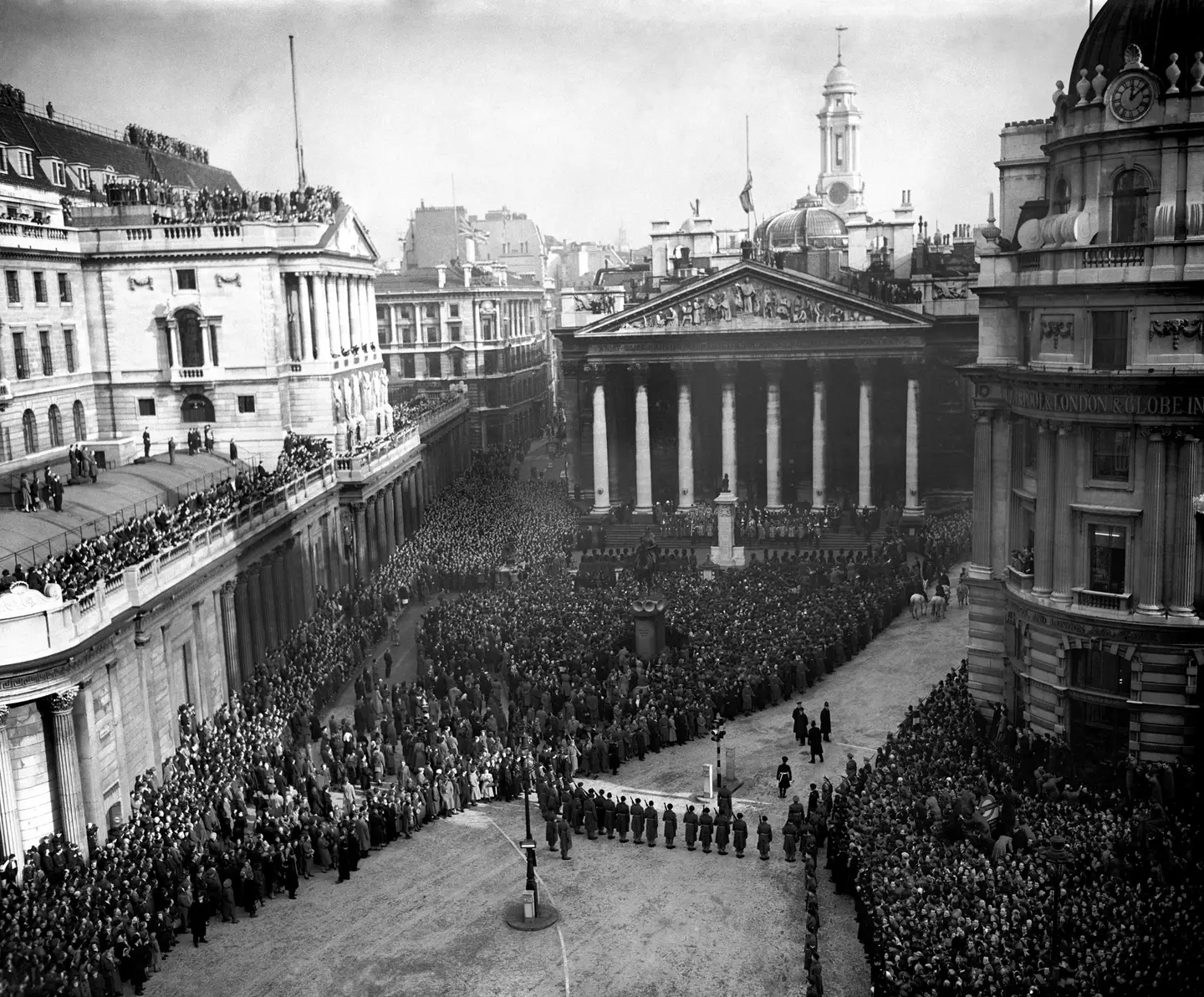
Advert
Huge crowds gathered outside Buckingham Palace in London, as well as at Trafalgar Square and outside St James’ Palace where the official ceremony took place in front of watching dignitaries and various titled people, as well as the Privy Council and senior civil servants and politicians.
The crowds in February 1952 outside the Royal Exchange gathered to listen to the reading of the proclamation, which is a tradition in the City of London immediately after events in St James’ Palace.
Now, yesterday that proclamation was read live on the TV news, so there’s not exactly any real reason to head down into London’s busy centre to hear the reading of a note.
Particularly if you can do so with a brew at home, should you wish to at all.
Still, some people did, presumably having prior knowledge of the reading of the proclamation.
Advert
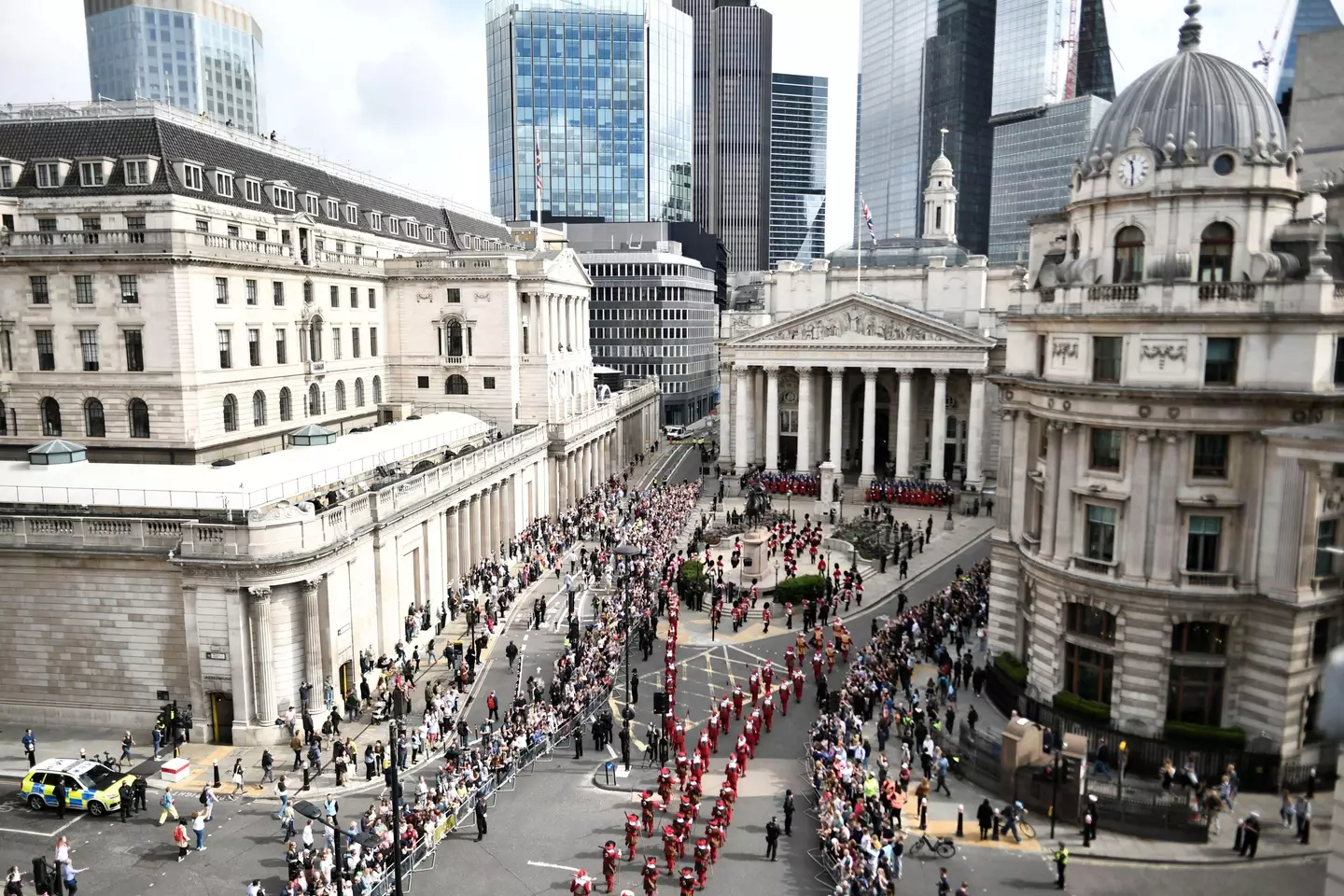
Whilst the succession of the monarchy happens immediately after the death of the predecessor, the proclamation traditionally takes place in the days immediately after, and features a declaration from the new monarch, as well as the swearing of an oath to the Church of Scotland.
Queen Elizabeth II came to the throne at the death of her father George VI, although she was in Kenya at the time of the accession.
That meant that the council met and performed the first element of the proclamation without her presence, before she came along later that month for the second part.
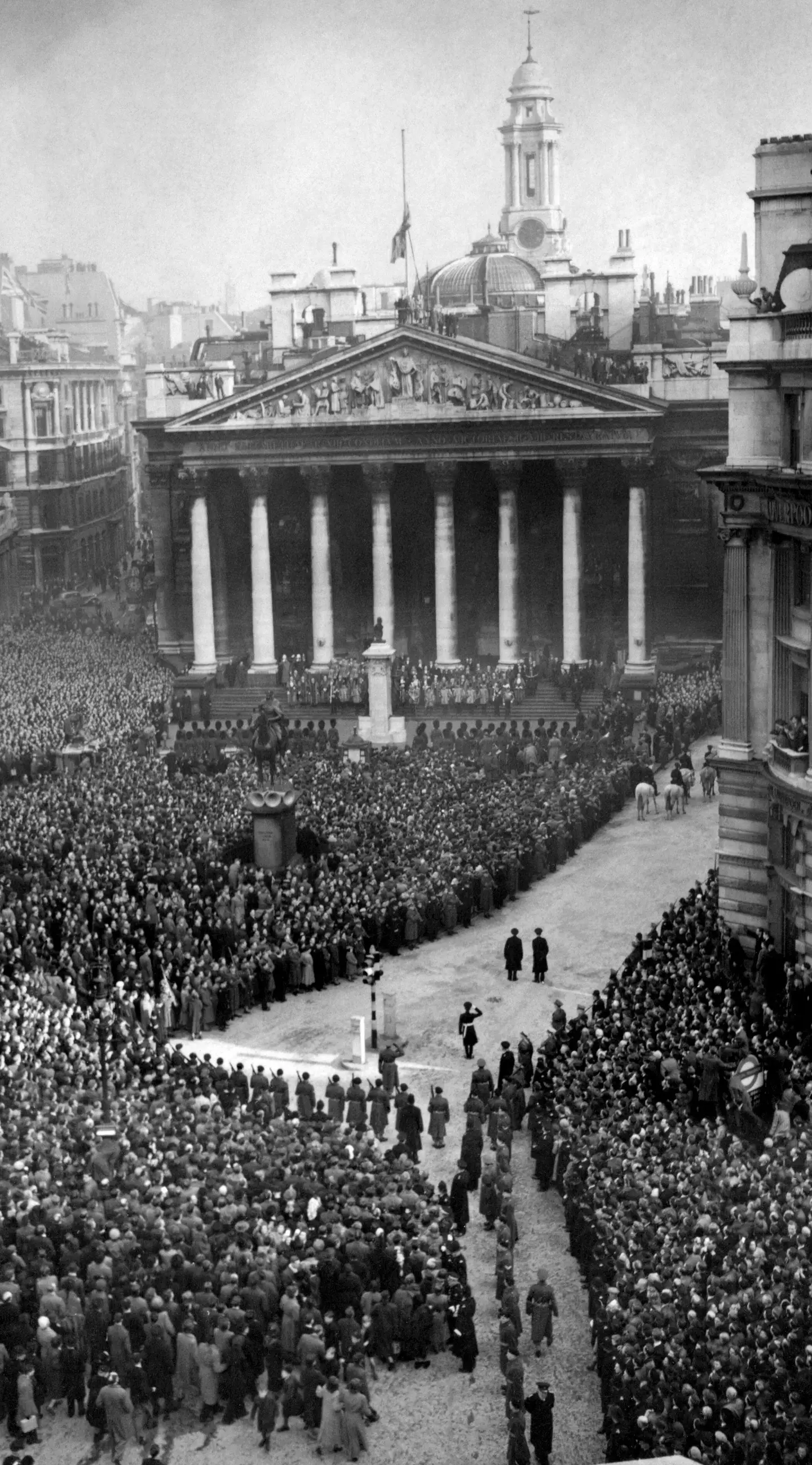
Advert
Today, the former queen’s hearse left Balmoral Castle for a long and slow processional journey down to the Scottish capital city, Edinburgh.
From there, the coffin will be flown to London where it will be taken to Buckingham Palace, before being relocated to Westminster Hall, where it will lie in state for a four day period so that members of the public can attend to pay their respects.
Following that, a full state funeral will take place on Monday 19 September.
That date has been declared as a national bank holiday for England, Scotland, Wales and Northern Ireland, though official guidance has stated that the decision will ultimately be up to employers as to whether employees are given time off work.
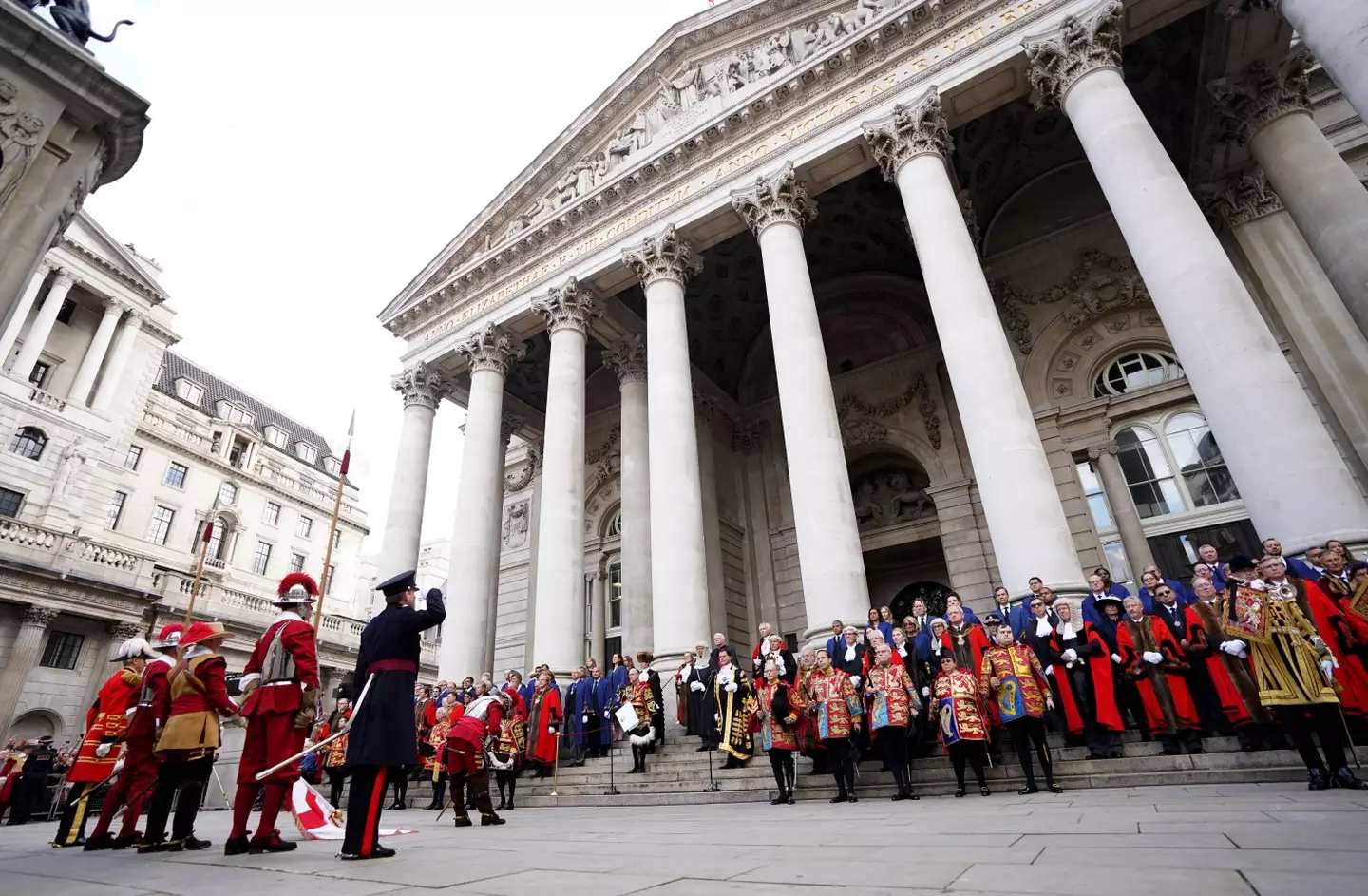
Advert
Schools have already been confirmed to be closing for the day, and the guidance suggests that employees talk to their bosses about the possibility of taking the day off, or requesting a day in lieu.
The funeral service will start in London at 11:00am.
Topics: Prince Charles, Royal Family, The Queen, UK News, World News, King Charles III